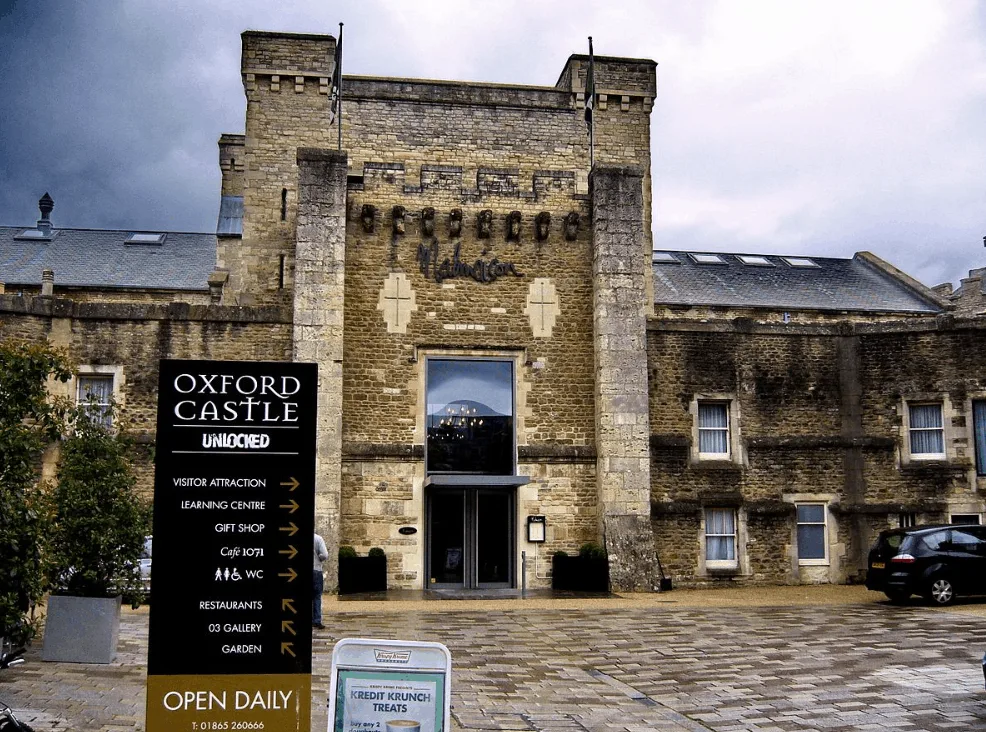It’s a castle that combines a medieval structure with modern facilities.
In this post, you’ll discover the ultimate list of interesting facts about Oxford Castle, a building with a fascinating history.
1. Where is Oxford Castle located?
Oxford Castle is a Norman Castle in England. It’s located in Oxford, a city in a region called South East England.
Oxford is famous as a university city and is located about 56 miles (90 kilometers) northwest of London. It’s equally famous for being home to buildings in each style of Engish architecture.

2. It dates back to the 11th century
According to a medieval chronicle of the 12th century called the “Historia Ecclesie Abbendonensis,” Oxford Castle was built between 1071 and 1073.
This means that the construction of the original, wooden castle, started just 5 years after the Norman Conquest of England. This event happened in the year 1066 and resulted in numerous castles being built all across England.
3. It was built by a Norman Baron
One of the most remarkable facts about Oxford Castle is that the castle itself wasn’t listed in the Domesday Book of 1086, a manuscript that contains a survey of England.
The land, however, on which it was built was listed and was owned by a friend of William the Conqueror, the Norman baron Robert D’Oyly the elder.
He was the one who constructed the original castle and was awarded a lot of lands all over Oxfordshire, along with a hereditary royal guardianship for Oxford Castle.
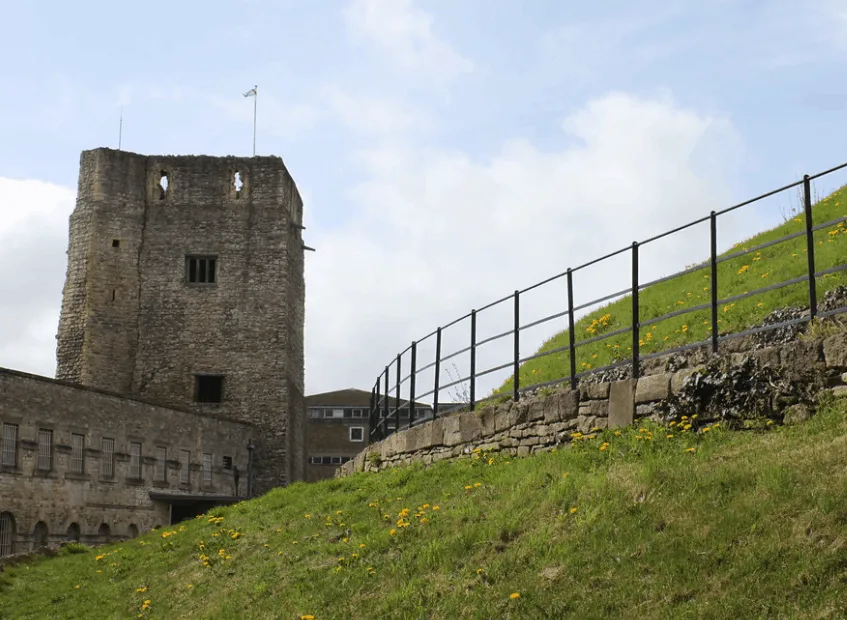
4. The castle has a natural moat

The castle was built strategically off a stream of the River Thames which is now called the “Castle Mill Stream” which formed natural protection and a moat.
It’s assumed that the castle was a large motte and bailey castle, built on a raised area with a wooden keep. the motte was about 60 feet (18 meters) high and 40 feet (12 meters) wide
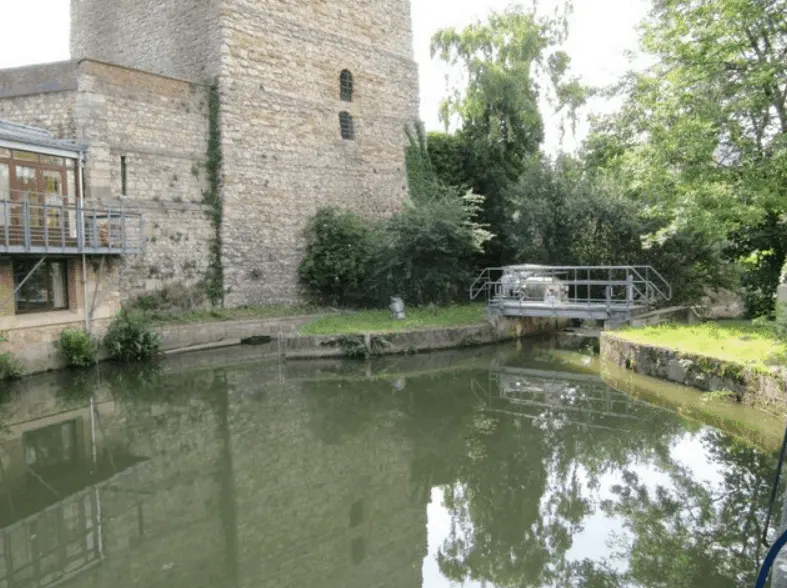
5. The design was copied from another castle in the area
Robert D’Oyly probably simply copied the design of a castle he had built earlier, the Wallingford Castle which is located about 12 miles (19 kilometers) from Oxford.
Wallingford Castle is nothing more than a ruin today as it was deliberately destroyed by parliamentary forces during the Civil War.
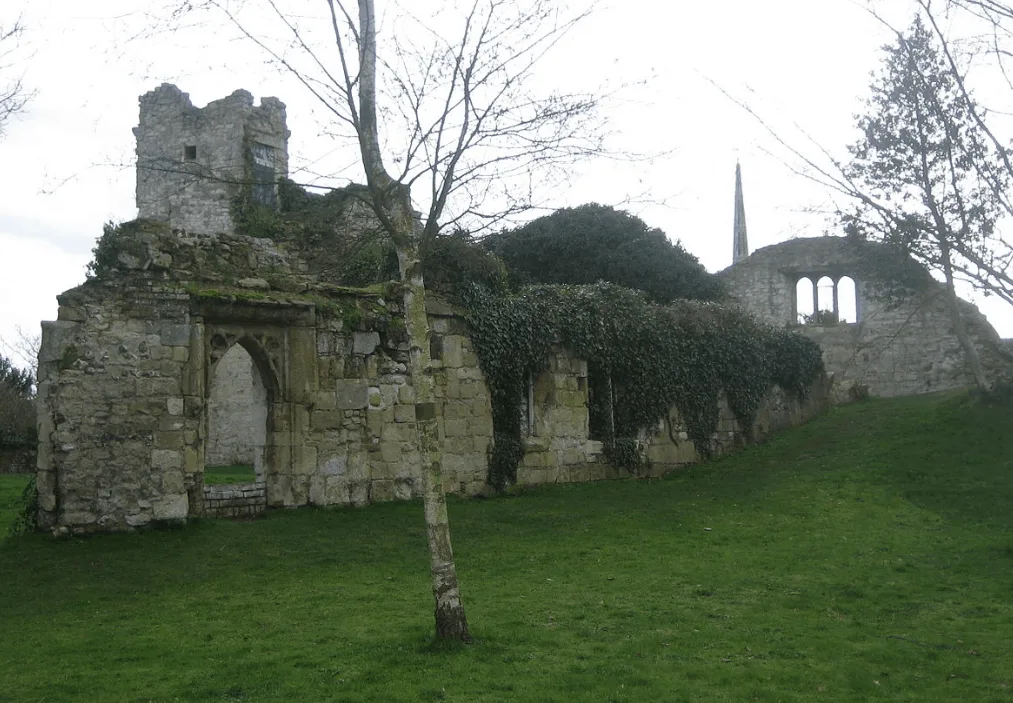
6. The main tower predates the Norman Castle
One of the most prominent features of the castle is the St. Georges Tower which is believed to have been part of an older Saxon city wall. There is evidence supporting the fact that this tower was built in the late-Saxon period (around 1020).
This means that the Norman castle was built using elements of an existing Saxon fortification and that the St. Georges Tower was used as the castle’s first keep.
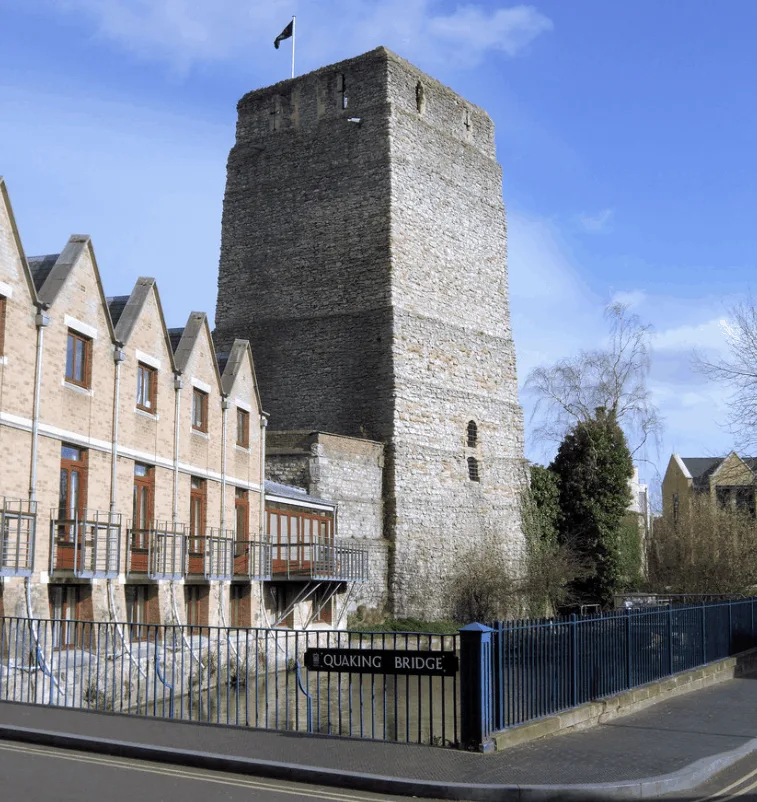
7. Oxford Castle played a major role in the Anarchy of 1140
The castle was in the hands of the nephew of Robert D’Oyly the elder, who is referred to as Robert D’Oyly the younger, during the Anarchy between 1135 and 1153.
It was in the year 1141 that the castle was besieged for the first time after King Stephen found out Empress Matilda, his rival for the throne, was hiding in Oxford Castle.
Even though Stephen had set up two large siege mounds called Jew’s Mount and Mount Pelham, he was unable to take the strong Oxford Castle.

8. Empress Matilda managed to escape the castle in 1141
One of the most fascinating events of Oxford Castle’s history was that Empress Matilda attempted and succeeded in a daring escape in December 1141.
How she escaped exactly remains a mystery. One version of the story claims that she waited until the Castle Mill Stream was frozen and that she dressed in white as a form of camouflage and managed to escape.
Another version of the story claims that she was simply able to escape through one of the gates. (was it that easy?)
Either way, she got out, fled to Abingdon and Oxford Castle surrendered the following day.
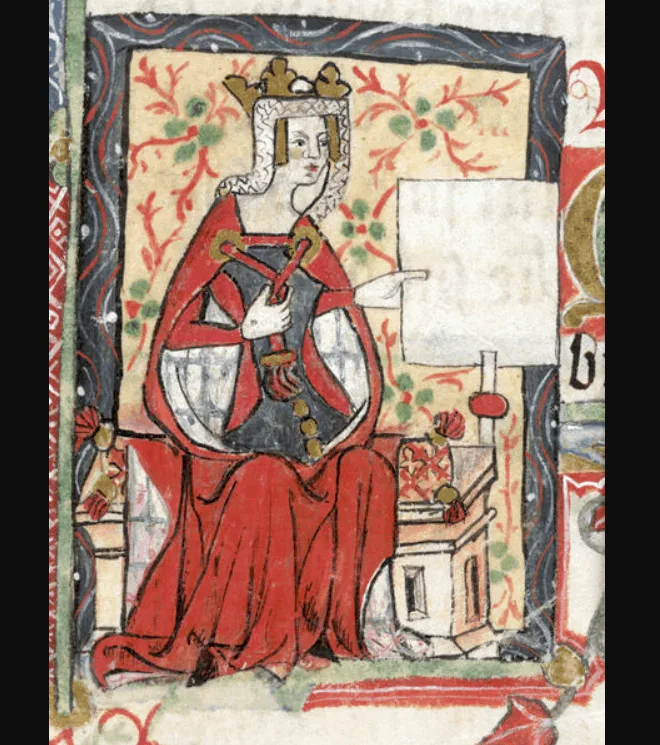
9. The stone keep was built in the 13th century
The original castle had a wooden structure built inside and was replaced by a shell keep in the 13th century. A shell keep is a structure built inside the castle walls on top of a motte.
The keep of Oxford Castle had 10 sides and stood on was 58 feet high (18 meters).

10. The Castle improved it’s defenses during the Barons’ War
The stone keep wasn’t the only new fortification that was built during the 13th century. As the castle was besieged for the second time during the Barons’ War of 1215–17, the castle’s defenses were improved even more.
All wooden buildings were replaced by stone structures, a moated barbican was built and the Round Tower was built in the year 1235.
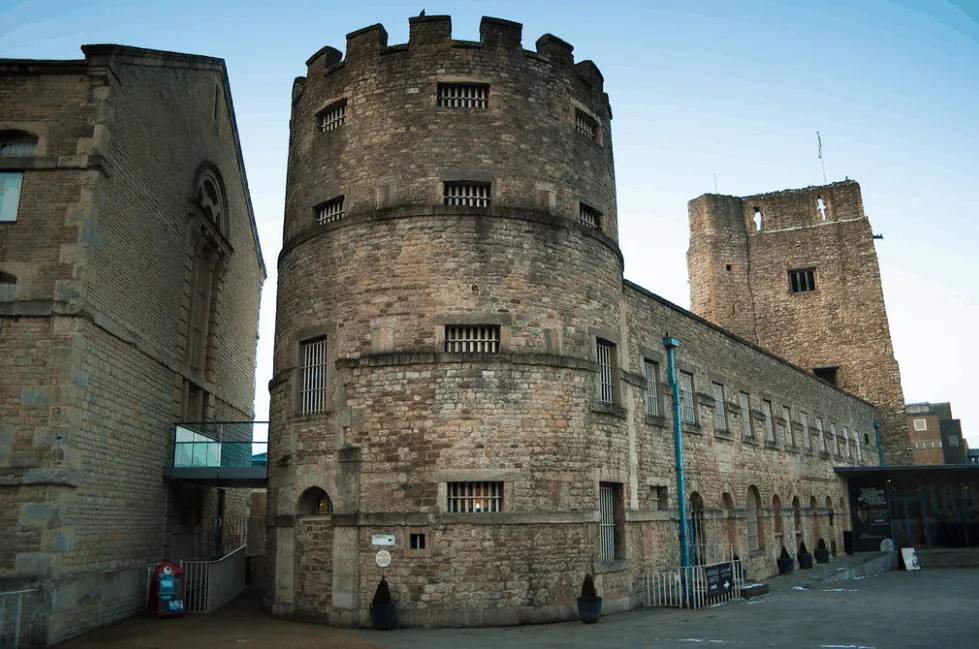
11. It served as a court and prison until the 16th century
The castle wasn’t used for military purposes anymore in the 14th century and it fell into disrepair. The castle was in poor condition and it would have cost £800 to complete the repairs.
Instead, the castle was transformed into a prison and court and housed the Assizes court until the plague broke out in the year 1577.
It also served as the county hall and became the center of administration for the city of Oxford and its surroundings.

12. Its medieval stonework was demolished in the 17th century
During the English Civil War (162-1651), Royalists had made Oxford their capital, and a lot of effort was put into increasing the defenses of the castle by Colonel Ingoldsby.
When the Parliamentarian forces besieged the castle, the Royalists removed most of the medieval stonework to build improved forms of defense.

13. The castle became the local prison again after the Civil War
The English Civil War was the last time that Oxford Castle saw military action, so after this event, it was transformed again to what it was for multiple centuries, the local prison.
The prison was owned by Christ Church College and they made money by letting prisoners pay for their stay. As if sitting in a rat-infested jail cell all day was something worth paying for!
The prison had gallows and one of the most significant executions at Oxford Prison was of Mary Blandy who allegedly poisoned her father and was sentenced to death for parricide in 1752.
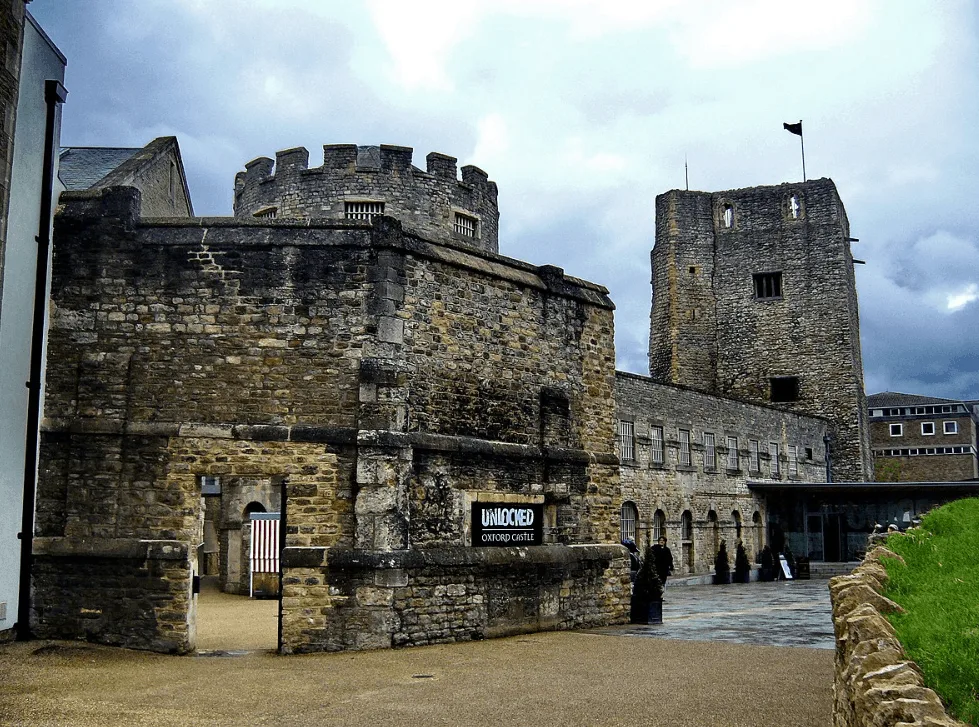
14. Many children were locked up in the prison
One of the strangest facts about Oxford Castle is that during the time it was a prison, many children were being locked up there too.
Numerous underage boys and girls were sentenced to Oxford Prison for petty crimes before their mug shots were taken.
Strange times, weren’t day?
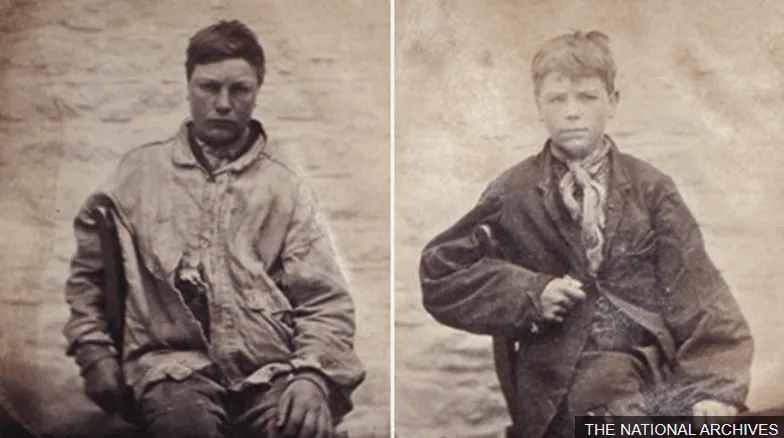
15. The vermin-infested prison was rebuilt in 1785
To say that a stay at Oxford Prison wasn’t a 4-star hotel experience is an understatement. By 1785, the dirty prison was completely renovated under London architect William Blackburn, the leading prison architect at the time.
The renovation was completed after 20 years (!) in 1805.
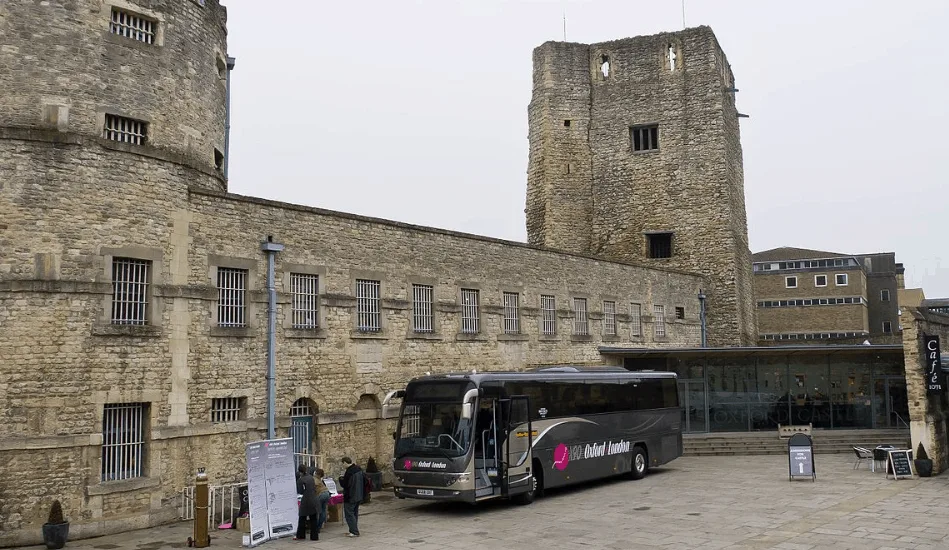
16. The prison was renamed until it was closed in 1996
Two buildings were constructed during the 19th century on the castle’s compound. These are the new County Hall in 1840–41 and the Oxfordshire Militia Armoury in 1854.
The most prominent construction was the expansion of the prison which happened in 1876. All the remaining space of the castle’s grounds was being used by the prison at this point, which was renamed HM Prison Oxford.
The HM Oxford Prison was eventually closed in 1996 and the property reverted to the Oxfordshire County Council.
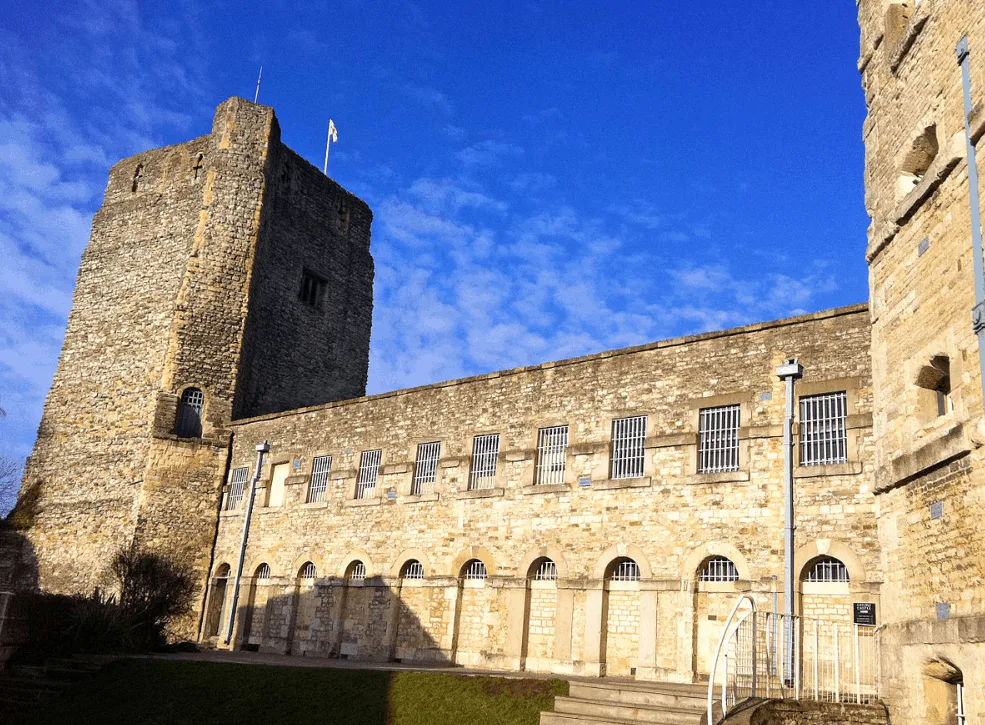
17. Oxford Castle & Prison became a Grade I Building and tourist attraction
Since the prison was closed, serious renovations were done to change the old prison into a restaurant and hotel. Guided tours are being conducted in the buildings to help visitors understand the history of the castle.
The buildings and open courtyards are used for markets and theatrical performances and tourists can stay in some of the old prison cells that have been converted to guest rooms.
The medieval remains of the castle, including the St. Georges Tower and Motte, have been added as Grade I listed buildings and are a Scheduled Monument.
